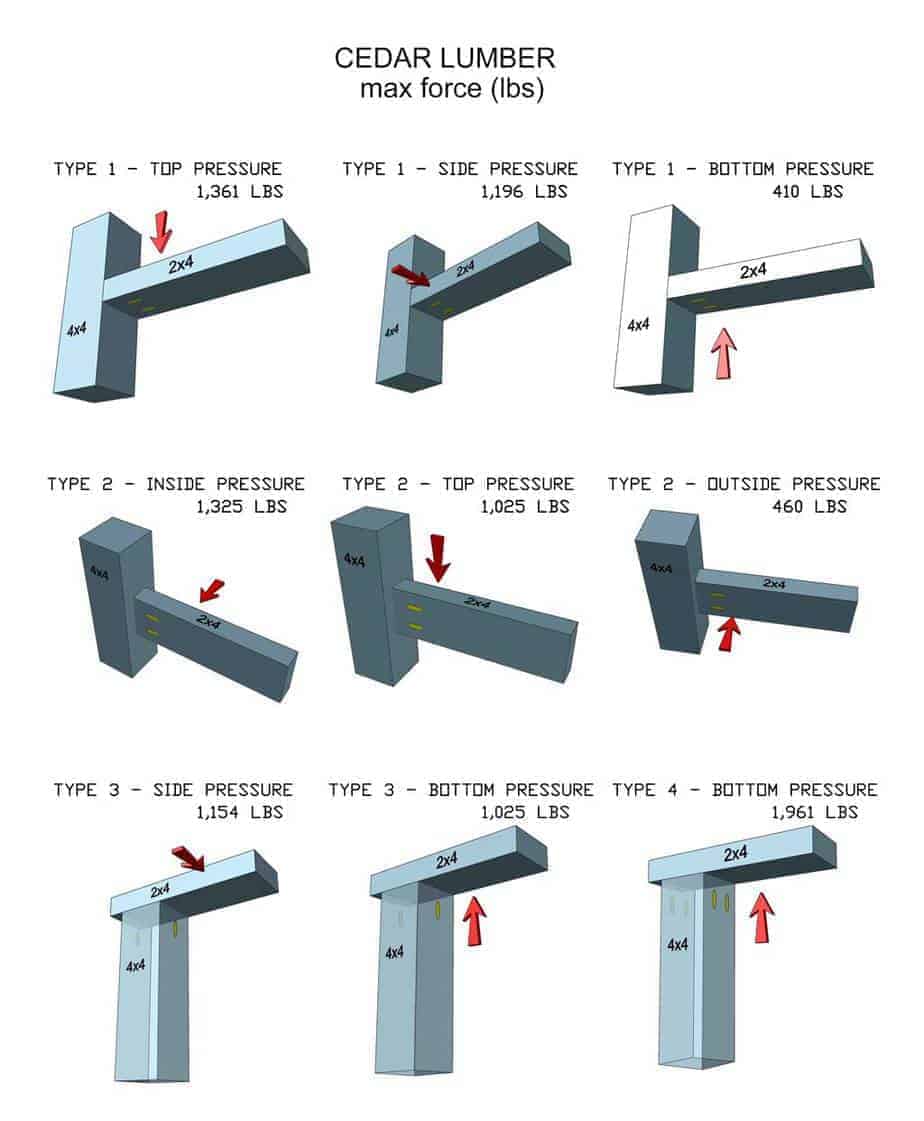Hi folks,
I'm new to woodworking and in the process of creating a mini DIY workshop. I am leaning on getting a table saw as the primary cutting tool.
I'm planning to build a few chairs which will be my second project. First is a wall rack for hanging coffee mugs.
For the chairs, I liked the design here in which she has used pocket holes for joints. I would like to use a different joint, maybe dowels or lap joint or tongue & groove joint. I am planning to practice these joints first. I already had a go with dowels using my drill and a few pieces of spare wood that was lying around. I am loving the results of creating a joint using dowels. I am mildly surprised that I'm already being put off with the idea of using screws or nails.
For the chair joints in the design above, I was trying to figure out how to use dowels or a different joint to join the three pieces - see image. If i attempt a similar design, the dowels of side frame and back frame seem to overlap (the joint where the drill is being used)
![Image]()
Any suggestions how to go about this? The three way joint here is in the middle of one piece of wood.
Cheers
I'm new to woodworking and in the process of creating a mini DIY workshop. I am leaning on getting a table saw as the primary cutting tool.
I'm planning to build a few chairs which will be my second project. First is a wall rack for hanging coffee mugs.
For the chairs, I liked the design here in which she has used pocket holes for joints. I would like to use a different joint, maybe dowels or lap joint or tongue & groove joint. I am planning to practice these joints first. I already had a go with dowels using my drill and a few pieces of spare wood that was lying around. I am loving the results of creating a joint using dowels. I am mildly surprised that I'm already being put off with the idea of using screws or nails.
For the chair joints in the design above, I was trying to figure out how to use dowels or a different joint to join the three pieces - see image. If i attempt a similar design, the dowels of side frame and back frame seem to overlap (the joint where the drill is being used)
Any suggestions how to go about this? The three way joint here is in the middle of one piece of wood.
Cheers





